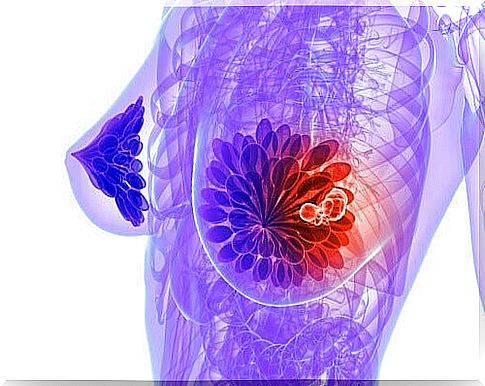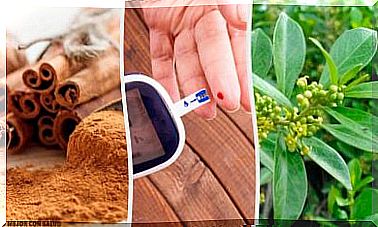What Everyone Should Know About Breast Cancer

Breast cancer is one of the most common cancers that affects women, and to a lesser extent men, with millions of victims each year. This disease is now the most alarming among women worldwide today. This is because various risk factors can cause it to develop. Early detection is the key to treating it, and even recovering completely. Now we will give you some important facts you need to know about breast cancer.
Doctors, as well as various organizations and individuals who work to raise awareness about this disease, often recommend that women perform regular self-examinations of the breasts, along with mammography. Both are the key to early detection so one can get treatment as quickly as possible to stop the progression of the cancer. Because there are many things that people do not already know about this disease, information is another method of prevention.
Statistics You Should Know About Breast Cancer

- Currently, breast cancer is the most common type of cancer in the world due to its extremely high incidence. But there are also very positive treatment results. In the last five years alone, about 4.4 million women who were diagnosed with breast cancer are alive today. However, breast cancer still causes more deaths in women around the world than any other type of cancer.
- Every year, more than one million women are diagnosed with breast cancer for the first time. This figure makes up 10% of all cancers diagnosed in the world, and a shocking 23% of all cases diagnosed are in women alone.
- Every year, breast cancer is the leading cause of death in more than 410,000 women worldwide, accounting for 14% of all cancer deaths in women and 1.6% of all causes of death in the female population.
- The most important risk factors for developing breast cancer are whether you are over 45 years old, are a woman, have a family history of breast cancer, menstruate before the age of 12, or the beginning of menopause is after the age of 55.
- Only 5 to 10% of breast cancer cases are due to heredity.
What are the symptoms you should know about breast cancer?

Like many other types of cancer, breast cancer does not have any initial symptoms that will alert the person. The symptoms will almost always appear as the disease progresses. But some things that make it easier for early detection are:
- Balls or lumps in the chest or armpit. These are usually painless. This symptom can be found during a self-examination of the breasts or mammography. There are lots of cases where lumps or bumps do not indicate breast cancer, but that is why it is important to go to a doctor immediately to get the correct diagnosis.
- Any noticeable changes in the texture, size and shape of the breasts, redness of the skin, scars or indentations.
- Secretion of fluid through the nipple, especially characterized by the presence of blood.
How can you prevent and diagnose the early stages of breast cancer?
Diet and lifestyle play important roles in the prevention of breast cancer. There are certain foods that help fight the growth of cancer cells, so it is recommended that you add them to your diet regularly. They are mostly fruits and vegetables, as well as drinking plenty of water. You should also avoid risk factors such as alcoholism, smoking, and having a sedentary lifestyle.
In addition, tamoxifen is a drug you should know about that is approved for women over the age of 35 who are at high risk of developing breast cancer. Some experts recommend it as a preventative measure.
To detect symptoms of breast cancer early, women should perform monthly breast self-examinations after each period. If you notice any irregularities, see your doctor immediately.
In addition, women over the age of 40 should have a mammogram performed once a year or every other year, as an additional method of detection and prevention.









